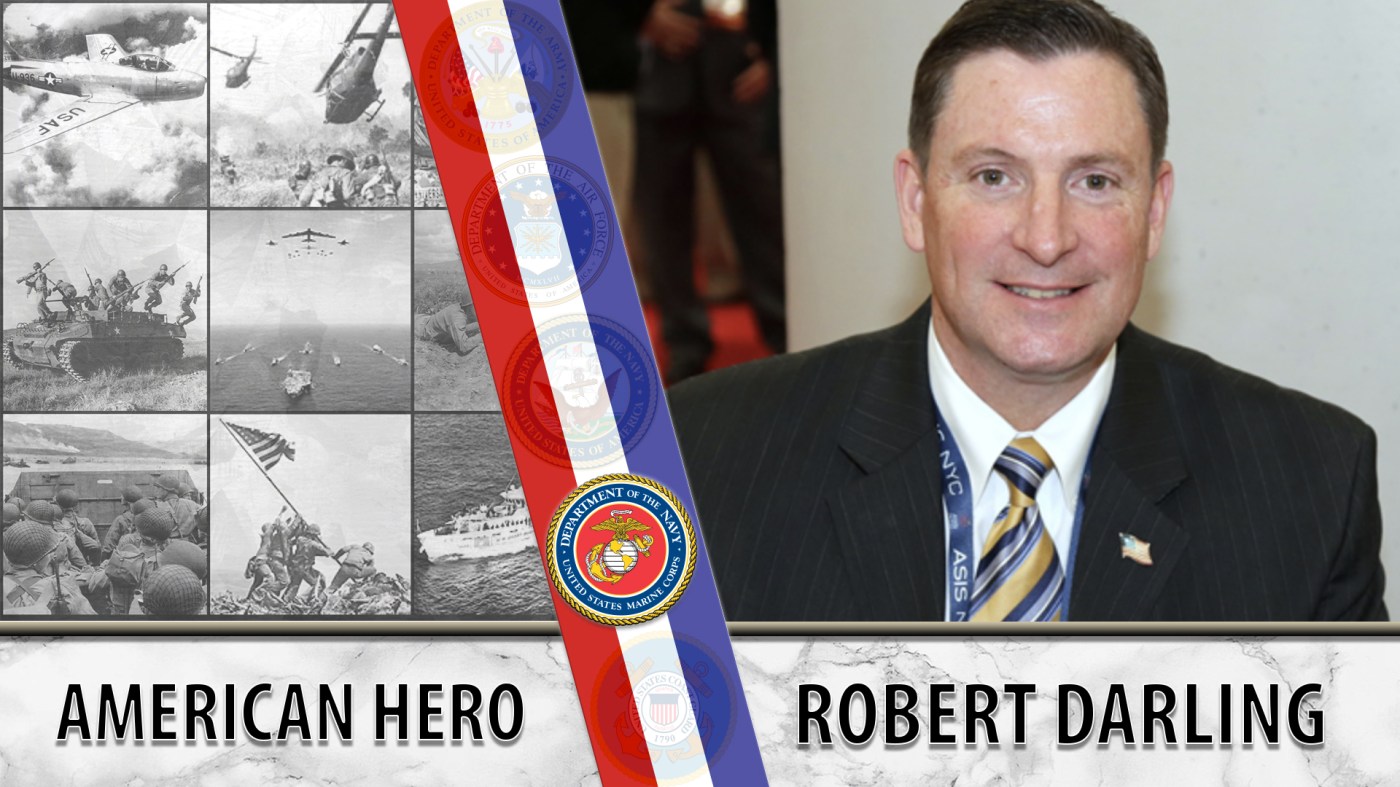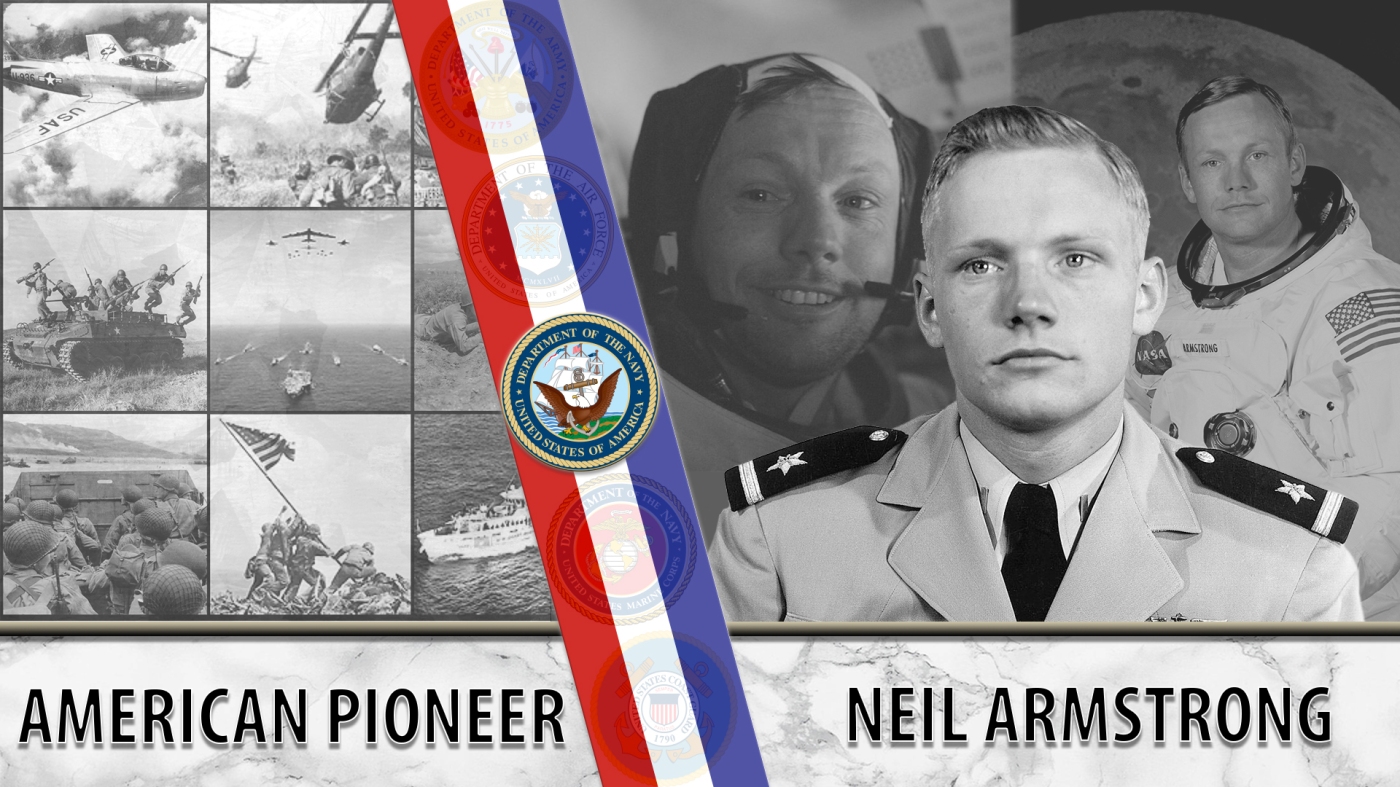
Army Veteran Seymour Kaplan served as a Yiddish translator in Germany during World War II and witnessed the aftermath of the Dachau concentration camp.
Born in September 1926 to Russian-Jewish immigrants, Seymour Kaplan didn’t expect that his time in the Army would lead him to bear witness to the horrors of the Holocaust. Speaking Yiddish, Kaplan travelled within Germany, assisting American troops in translation until his services were needed at the Dachau concentration camp. On April 29, 1944, Kaplan entered the camp and was present for its official surrender.
“There were the officers talking to the officers and on that side of the camp were bodies stacked up, clothed but stacked up,” Kaplan recalled in interview. “Some officer said to me, ‘How high is that?’ I walked over, stood next to it, raised my hand, [and] I said, ‘About seven feet, sir.’ And that haunts me… I remember looking at the pile on those faces – dead people have faces. And I immediately – I’m in camp for a second – and I immediately realized that I stepped through the looking glass. This is the land of horror.”
At Dachau, Kaplan remembered looking after the survivors and weeding out the German officers responsible for the atrocities committed at the camp. In one instance, he found a senior officer – disguised as a survivor – who was brought in for interrogation. In another moment, Kaplan remembered seeing the ovens firsthand and even more stacked bodies.
Eventually, Kaplan’s unit ended up in Berchtesgaden, Germany, where they made their way up to Eagle’s Nest: a building erected on the summit of a mountain that hosted executive members of the Nazi regime, including Adolf Hitler. While there, Kaplan smuggled out a “teacup,” which was really the size of a dish, and took it home with him.
“I walked in and there was a table, and this was on it,” he recalled. “I had promised my mother I would bring her something from Hitler’s table. She didn’t want me to go in the Army. I said, ‘Ma, I want to get to Hitler’s house,’ and in Yiddish, I said, ‘I’m going to pee in Hitler’s teacup and I’ll bring you a present from his table.’ We walked in; I saw this – I think this was where calling cards were thrown. I walked in and I saw this. That’s it. I put my helmet down and I walked around, whatever they would let us see at Berchtesgaden. We thanked them and we walked out. I said, ‘Thank you very much,’ and I walked out with this thing hanging on my finger.”
After two years of serving, Kaplan was eager to return home and share his kept promise with his mother but was instead met with silence. His family did not want to hear about what he had witnessed. For the next few decades, Kaplan lived in silence with his memories. Years later, the then-known Veterans Administration started a health program for outpatient care and the intake interview that Kaplan had was one of the first times he opened up about his time in Germany. It was then that he began experiencing nightmares of his time at Dachau. Eventually, VA diagnosed him with post-traumatic stress disorder.
Later, Kaplan became a teacher and taught for 15 years in Brooklyn, New York. He continues to share his story with various organizations and students in Brooklyn.
We honor his service.
Writer: Elizabeth Jefimova
Editors: Katherine Adams and Christopher Wilson
Fact Checkers: Ormina Naveed, Alexandria Davenport
Graphic Designer: Katie Rahill
Topics in this story
More Stories
Bernie Webber led one of the greatest Coast Guard rescues in history that was later chronicled in the book and movie, “The Finest Hours.”
As the events of 9/11 unfolded, Marine Veteran Robert Darling served as a liaison between the Pentagon and Vice President Dick Cheney in the underground bunker at the White House.
NASA astronaut Neil Armstrong was the first person to walk on the moon. He was also a seasoned Naval aviator.







Uncle Seymour is an amazing man, I have had the pleasure to speak with him at my SIL’s family events.